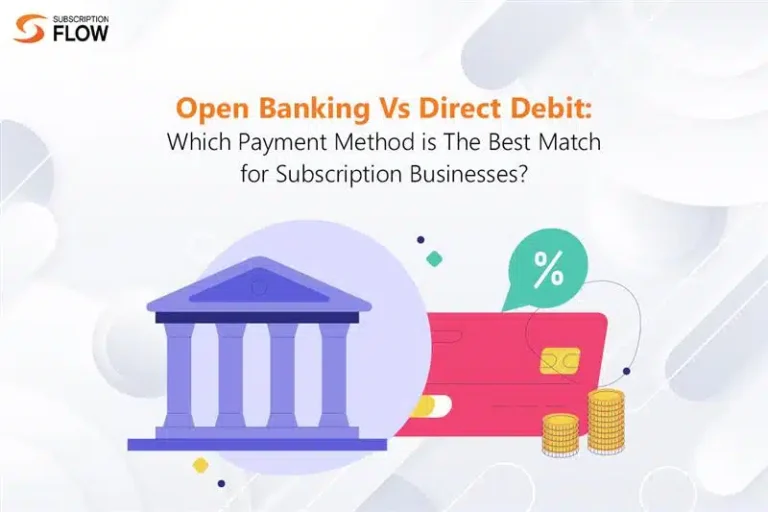In the evolving landscape of subscription-based businesses, selecting the...
juliejohn015
As the fintech landscape evolves, businesses are presented with more payment processing options than ever before. Two methods gaining significant traction are Open Banking and Direct Debit. Each has its strengths and limitations, and understanding the differences between the two is vital for any company aiming to improve its billing experience, boost cash flow, and offer customers modern, seamless payment solutions. What Is Direct Debit? Direct Debit is a widely used payment method, particularly in regions like the UK and Europe. It allows a business to withdraw funds directly from a customer’s bank account with prior authorization. These payments are typically used for recurring billing—like subscriptions, utilities, and rent. Advantages of Direct Debit: Reliability: A proven method for recurring payments, trusted for decades. Customer Familiarity: Especially popular in the UK and Europe. Cost-Efficiency: Often cheaper than credit card payments, particularly for large volumes. Limitations: Slow Settlement: It can take 3–5 business days for funds to settle....



![1ND8012xBlack-Grey2PackPantMainImage_7[1]](https://dailystorypro.com/wp-content/uploads/2025/08/1ND8012xBlack-Grey2PackPantMainImage_71-300x300.png)
